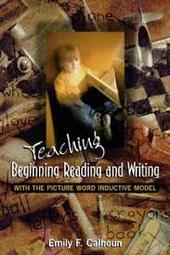 What is Picture Word Inductive Model? The Picture Word Inductive Model (PWIM) created by Emily Calhoun is an excellent model of teaching for developing understandings about language and analyzing how it works inductively. The teacher selects a picture that is relevant to the unit of inquiry from which to develop a visual dictionary (relevant word list). These words are then used for word study and small groups about letter sounds, word structure and classification. Words can be sorted by beginning, middle and ending sounds. Students can also use the words to classify them by nouns, verbs, and adjectives. They can practice ordering a phrase and then co-construct sentences as a station during the Daily 5 CAFE. Finally, a class story can be drafted, edited and published to model the writing process. What are its benefits? Throughout my career as a homeroom teacher with language learners, I have relied heavily on the Picture Word Inductive Model (PWIM) of teaching beginning reading and writing to my grade 1 and 2 students both in Mexico and in Iraq (Calhoun, 1999). As an inductive approach, students inquire into the way language works from concrete, relevant examples rather than beginning with an abstract word list taken out of context. It uses visual scaffolding for comprehensible input (Echeviarría, Vogt & Short, 2017). The more I explored using this approach, the more I appreciated it as a tool for both modeling writing and joint construction in pairs or as a whole class. Students can explore the concepts of sound, structure and classification through inductive word study. They can explore sentence structure using the words from their visual dictionary. They can use their creativity to write a story about the picture. My students enthusiastically engaged in word study with each other. I observed them using the vocabulary we learned through the picture of study and their writing abilities improved as the year progressed since we did so much together. They had multiple opportunities to be exposed to the narrative writing process through joint construction before I asked them to try on their own. 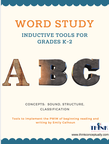 How does it work? Below is an excerpt from the book to help you get started. I have found my own way to implement this model of teaching and explored ways to expand on the premise of PWIM. I have created a variety of tools to use with this approach during centers. These word sort boards are available here: Click here for word sort boards.
Calhoun, E. (1999). Teaching beginning reading and writing with the picture word inductive model. Alexandria, VA: ASCD.
Echevarría, J., Vogt, M. and Short, D. (2017). Making content comprehensible for English language learners: the SIOP method, 5th ed. Boston, MA: Pearson.
0 Comments
One of the five elements of the inquiry cycle is Action. Action is a powerful response to learning so at MEF IS, we watch for it, foster it and celebrate it. Our students are encouraged to act on new understandings developed from relevant learning. We see the learner profile in action through the action cycle as students become reflective thinkers, knowledgeable risk-takers and principled communicators. This is the season of general reflection for the world as we move towards a New Year celebration. Most people are reflecting on this past year and setting goals to achieve for the upcoming year whether it be to lose weight, participate in a triathlon, learn a new art form or pursue a promotion at work. While seasonal goal setting is a noble, worthwhile process, I challenge you make an adjustment to that yearly routine. This does not have to wait until December. Goals can be incremental and it takes making reflection a daily practice. This transforms life into a daily learning journey as you learn from your mistakes through reflection and set achievable goals for new accomplishments and knowledge or skills to learn. Know yourself, be honest with yourself and take action on your reflections. Below are some reflective questions for metacognitive thinking:
For the past three years, I worked with grade 2 as a homeroom PYP teacher. I wanted to share an approach I took to number and the concept of equal groups. We began the year working with skip counting and using skip counting to find patterns in number. Then we began to build on their understandings of partitioning. We looked at how many number combinations we could find with a given number using the number of the day strategies. My goal was to make sure math was always fun, concrete, relevant and challenging. As we moved through addition and subtraction strategies, we continued expanding on number strategies for patterning and partitioning with numbers greater than 50. Later in the year, we began to inquire into equal groups using multiplication, division and fractions. As we worked with multiplication using arrays, making equal groups with manipulatives and then pictorial drawings, an idea came to me. I began to see how students could learn to move between multiplication, division and fractions through the conceptual lens of equal groups. This idea fascinated me and I began to design learning engagements for using number flexibly. We focused less on traditional algorithms and memorizing math facts and more on thinking about number conceptually. We talked about equal sharing and writing math stories. We continued building on their understandings of fractions of a whole by moving onto fractions of equal groups. Students learned to show equal groups in multiple ways and eventually, we worked with word problems. All of the work we did moving between those three ways of seeing equal groups made the process of learning time and reading a clock fairly simple. They had a clear understanding of skip counting and fractions by then which made reading a clock and understanding how it worked a straightforward process. Click here to download my Equal Groups Pack.
Following that session, we continued to make connections between our professional learning communities (PLC's) and CBCI to develop further our understandings about the value of CBCI. I provided each PLC with a T-Chart to compare CBCI with their inquiry topic. While some were investigating Understanding by Design, others were looking into methods of inquiry, multilingualism, strategies for ELL to use in inquiry or visible thinking tools. As a staff, we were able to make many connections between CBCI and our PLC's. Finally, I shared some of my own learning journey as I had moved from project-based learning to concept-based inquiry. I shared some of my personal questions, frustrations and ideas I had found to both deepen and capture conceptual understandings. My goal was to show them the complexity and validity of the journey I had pursued by making it tangible. I shared my struggles, my fears and victories, and my passion for growing and deepening my own understanding about CBCI in the classroom. We resumed the CBCI course content with a different vibe in the room. There was more interest, more questioning and buy in. Teachers actively engaged in discussions to plan their units of inquiry using the framework of CBCI. At the conclusion of the training, I saw some true shifts in understandings. The most important lesson I learned from my reflection is that learning must be relevant for all - both students and teachers. They must know why.
 Figure 1 Figure 1 As a concept-based inquiry teacher, I am fascinated with ways in which we can guide students to use their critical thinking skills to find the big idea or produce their own unique generalizations to express understandings about the unit of inquiry. While working with grade 5, I explored the use two different tools to draw out those understandings. I wanted to know if they could produce a generalization that extended the central idea since they had already been exposed to it. Secondly, I wanted to know if they could generate a generalization about the transdisciplinary theme, How We Express Ourselves. To address my first goal of extending the central idea, I gave each student a concept wheel (see figure 1). Because this was their first experience with this tool, I guided them through each step. Together we decided on the concepts we had learned about and used those as our categories around the concept wheel. I observed the students thoughtfully engaging with the engagement which meant we had reached that synergism of thought connected to the 3D curriculum (see figure 2). They were able to write a variety of statements, demonstrating both conceptual understandings and knowledge gleaned from our inquiry around the question posed in the center of the wheel. I then asked them to write a big idea using the concept wheel as a starting point. This was too difficult and I got a lot of thoughtfully confused looks. So, I wrote the central idea on the board: People express ideas, emotions and reflect social issues through their art. But I challenged them to extend it. I asked them the questions, why and so what? This resulted in some nice generalizations but it would have been better if they had never seen the central idea in the first place. I would like to try it again without the central idea on the wall and see if we come close as a class to writing the intended understanding. I will repeat this exercise with grade 5 at the end of this upcoming unit to see if there is a difference. The following day, we thought about our transdisciplinary theme and how it related to each student personally. I developed a tool with questions drawn from our central idea and lines of inquiry with our TD theme at the center (see figure 3). This was also the first time I tried to draw out their new understandings of the TD theme. I am still in the process of developing my own understandings about the best way in which to do this. I realized some of my questions were difficult to answer for some of my students. I realized it is important to continue to develop metacognitive thinking skills in order to learn and know more about themselves. so not all of my students were using enough reflective or metacognitive thinking to be able to interact with the graphic organizer. It will be a skill that I would have to continue to build with them. What is my take away? I see that learning to use these types of tools and becoming a CBCI teacher is a learning curve that takes practice. Each time will get better and as I learn to scaffold the thinking better, the results will get better. It also means more collaboration with other teachers pursuing the same approaches to learning. Discussing our attempts, reflecting together and finding ways to improve together is much better than trying alone. I encourage you to make connections with others who are also working to improve their skills and understandings about CBCI. Resources"The Big Idea," Global Women Network, Eva Smith, 2014.
Erickson, L, Lanning, L. and French, R. (2017). Concept-based curriculum and instruction for the thinking classroom, 2nd ed. Corwin: Thousand Oaks. During our staff orientation, we decided to look at building a common understanding about teaching and learning through the question of why. This approach to analyzing our beliefs, our school's belief and the International Baccalaureate's (IB) beliefs enabled us to write common belief statements and became a part of our staff essential agreement. Simon Sinek's idea of changing the order of thew way we sell things from the what we do to the why we do what we do is far more sellable (2011). This approach to building a common understanding strongly appealed to me for several reasons. When we, as educators, agree to work at a school, in essence we are agreeing to promote the mission of that school. In addition, when that school is IB PYP, there is an additional agreement to consider and that is the mission and vision of the IB. Finally, every educator has his/her own philosophy of education which is a strong influence on pedagogical decisions about teaching and learning. I saw this approach as the means of bringing the three ideas together. We began this journey by using a Venn Diagram with three circles to collaboratively analyze the following: Personal beliefs MEF IS beliefs IB PYP beliefs The step was for the staff to discuss their personal beliefs about teaching and learning together in collaborative groups. These beliefs were recorded on the circle for personal beliefs. Then I asked them to read the MEF International School mission statement and vision to identify the beliefs of our organization. Afterwards, everyone read the mission statement of the IB. When all the beliefs were identified, I asked them to begin to find the common themes and write those in the center. From those ideas in the center, I asked them to write one big idea statement. These belief statements were recorded and posted in the center of our concentric circle under 'why.' Throughout the remainder of our orientation we reviewed the school's expectations about teaching and learning, policies and procedures as well as the nitty gritty of teaching. Details about 'how' and 'what' were slowly added by the staff as an exit ticket each day. Below you can see how our draft appeared at the orientation as well as the Venn Diagrams. It was a worthwhile process from which we were able to create a printed version for everyone to post in their classrooms as a reminder of what we believe about teaching and learning as a staff. It strengthened our commitment to implement both the school and IB mission statements. Our beliefs...ReferencesSinek, S. [Tedx Talks]. (2011, April 6). First why and then trust [Video File]. Retrieved from https://www.youtube.com/watch?v=4VdO7LuoBzM
Tunguz, T. (2015, July 13) When selling, start with the why [Blog post]. Retrieved from: https://www.linkedin.com/pulse/when-selling-start-why-tomasz-tunguz/ It is the beginning of a new academic calendar year which fills us all with anticipation about the teaching and learning that will be taking place, the relationships we will build and the challenges we will face and conquer. As an inquiry school, facilitating the IB Primary Years Programme, we are currently asking ourselves the question, ‘how can we grow as an inquiry school?’ As a staff, we have begun to reflect on our beliefs about inquiry as well as our current understandings. We are considering our process throughout each stage of the inquiry cycle developed by Kath Murdoch. Our staff are acknowledging what we do well and looking at the areas that we want to improve. As lifelong learners, this should be an annual process and lead us to continuous process improvement at MEF IS. To better facilitate this reflective process, we are participating in a staff inquiry into Turkey. As the PYP Coordinator, I posed the question, ‘what do you wonder about Turkey?’ This question has lead us into a free inquiry about Turkey to delve into any area of interest, be it historical, cultural, geographical, current events, fashion, economics, cuisine or entertainment. This approach allows for freedom of choice which makes the learning relevant to each teacher individually as all will be inquiring into their own questions about Turkey. As we find ways to answer our questions, we hope to rediscover the process of learning something new through the lens of the learner. If we become aware of the many ways we can inquire into answering our own questions generated through personal curiosity, then we can apply this in the classroom to improve inquiry at MEF IS. You may be curious and wondering what I mean exactly. I would encourage you to ponder the same question we are considering. What do you wonder about Turkey? Identify your personal curiosity and begin to follow the stages of the inquiry cycle to not only answer your question but deepen your understandings about Turkey and act. Action can be a shift in pre-conceived ideas or it can be to share what you learned with others. Action takes many forms but it always brings change. Pay attention to process you follow to investigate.
What are the ways you inquire? Get to know yourself as a learner again. As educators, we watch our students to observe the ways they learn. This helps us to tailor our learning engagements to meet their needs throughout the entire inquiry process. How can we improve the teaching and learning cycle so that students find learning relevant and meaningful? I believe relevance is so key. It is like selling the why. Why are we learning this - how does it connect to reality and in what way will it help me later in life? Recommended further reading |
AuthorAs an international educator, I work with colleagues in my local and global network regularly to implement inquiry through concept-based approaches to learning and teaching. It is a journey of discovery, learning and growing our own understandings about the ways children learn. Categories
All
Archives
March 2020
This website uses marketing and tracking technologies. Opting out of this will opt you out of all cookies, except for those needed to run the website. Note that some products may not work as well without tracking cookies. Opt Out of Cookies |

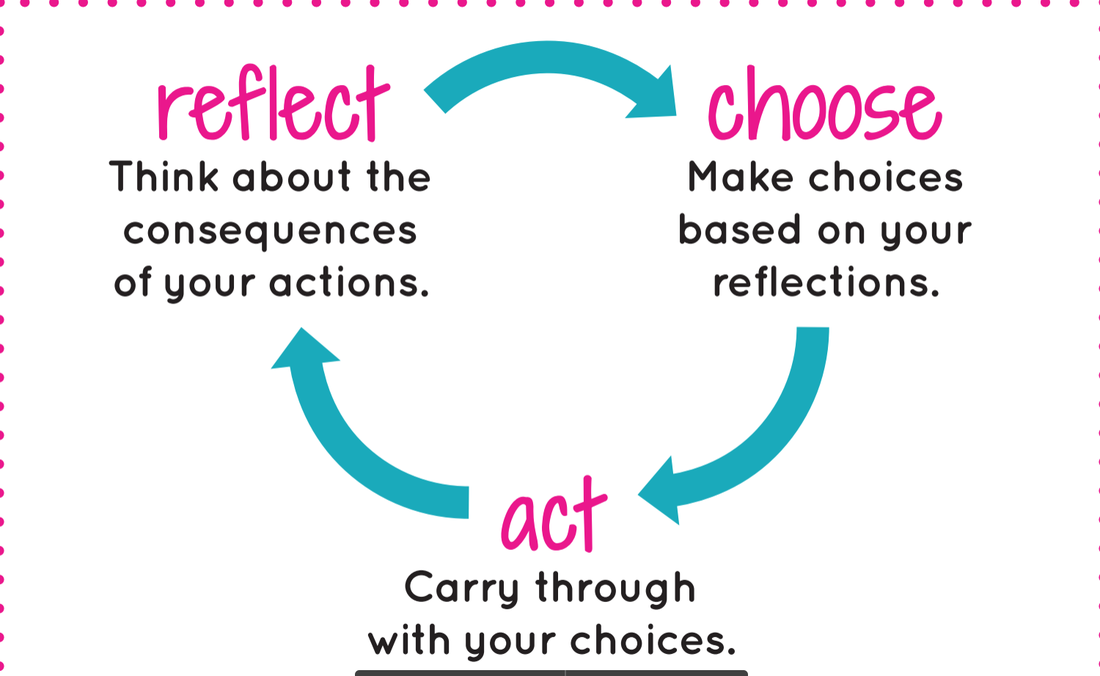
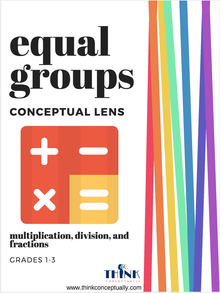
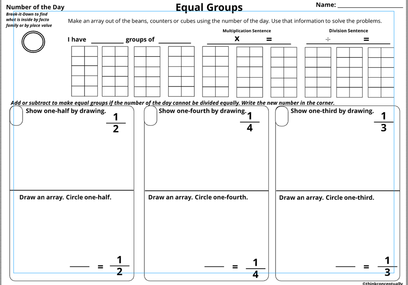
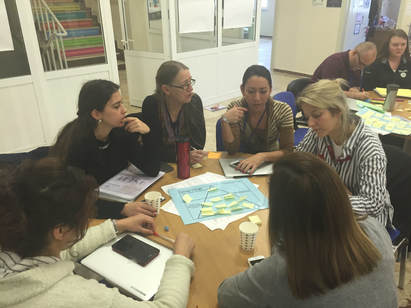
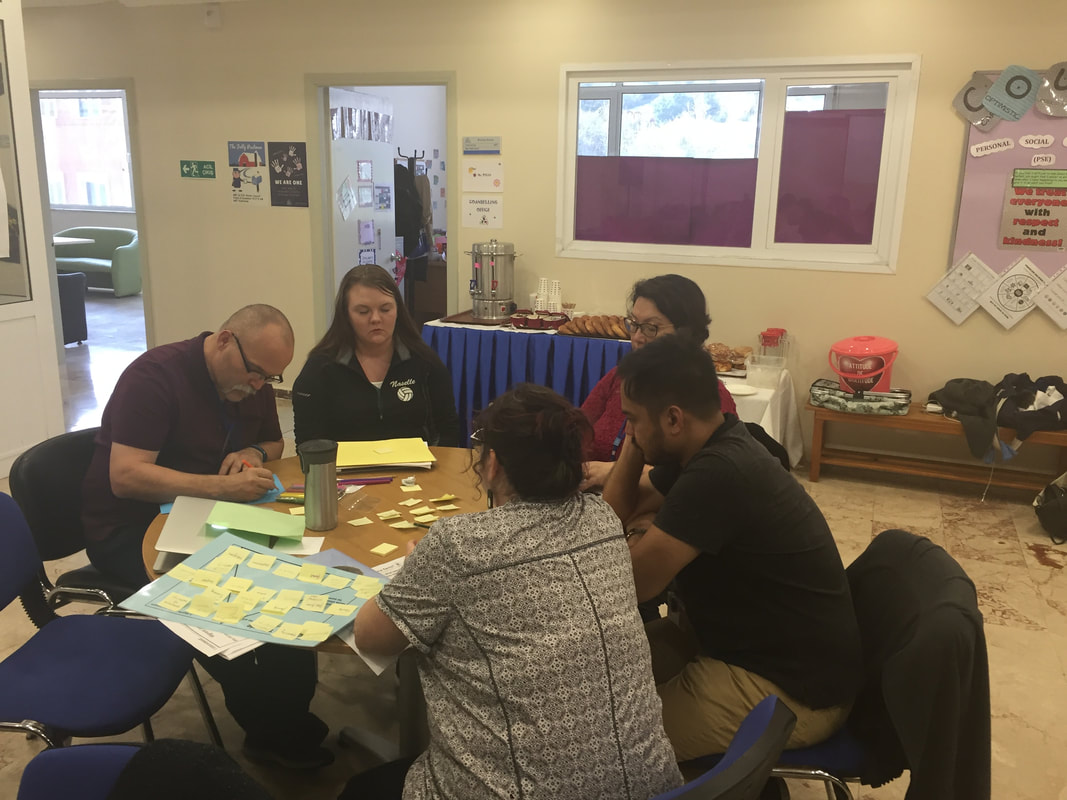
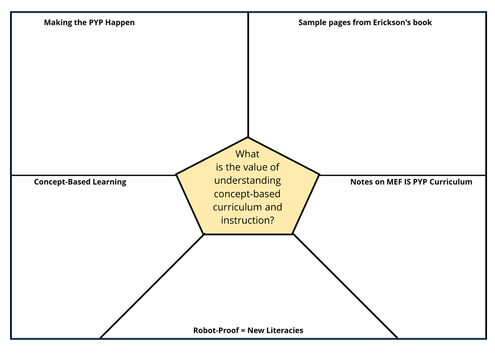
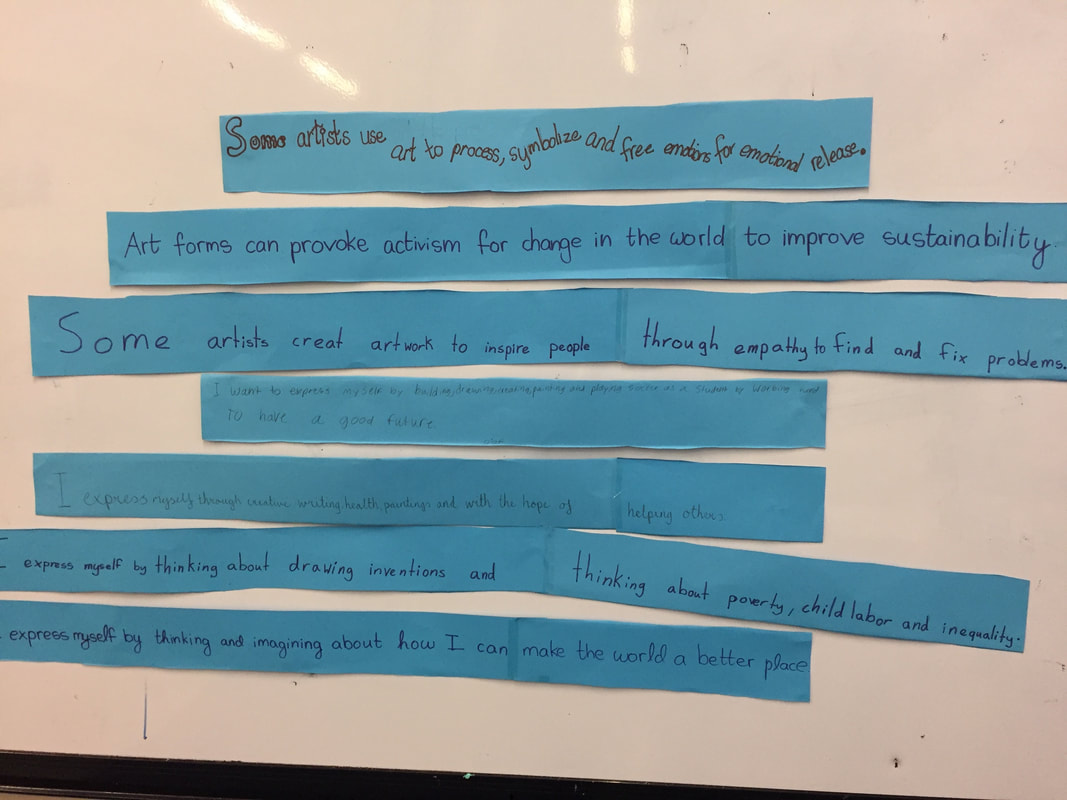

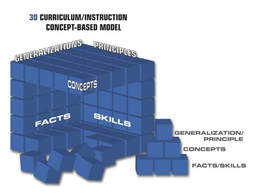
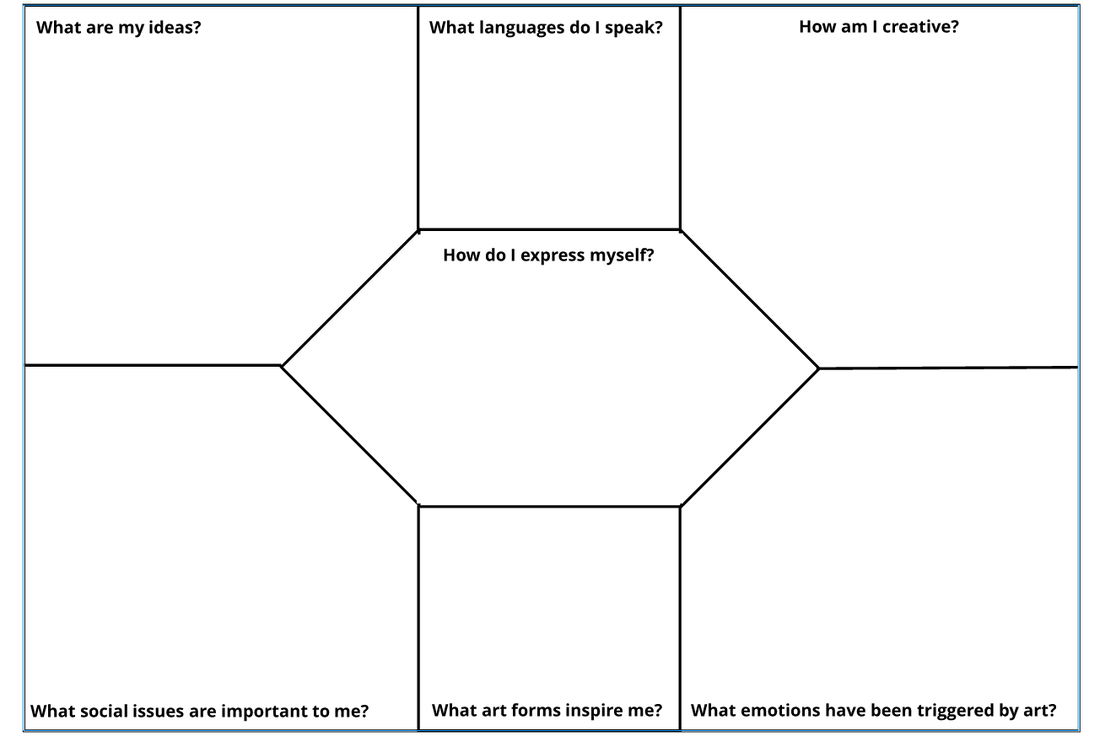
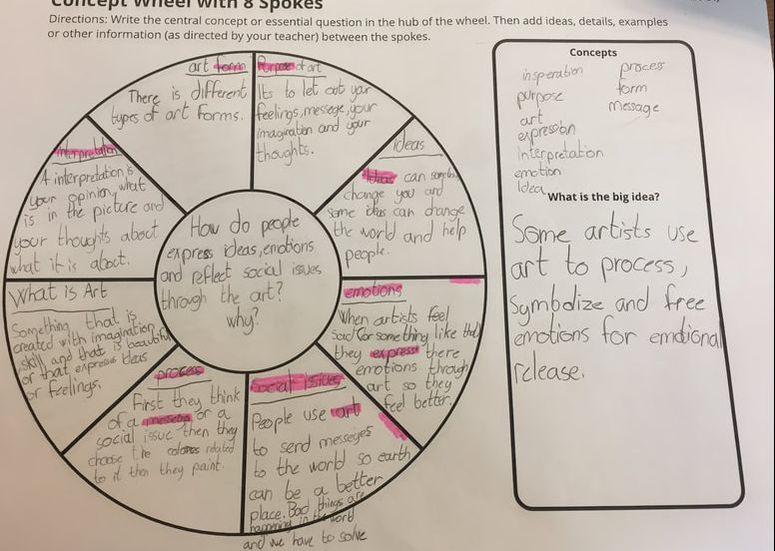
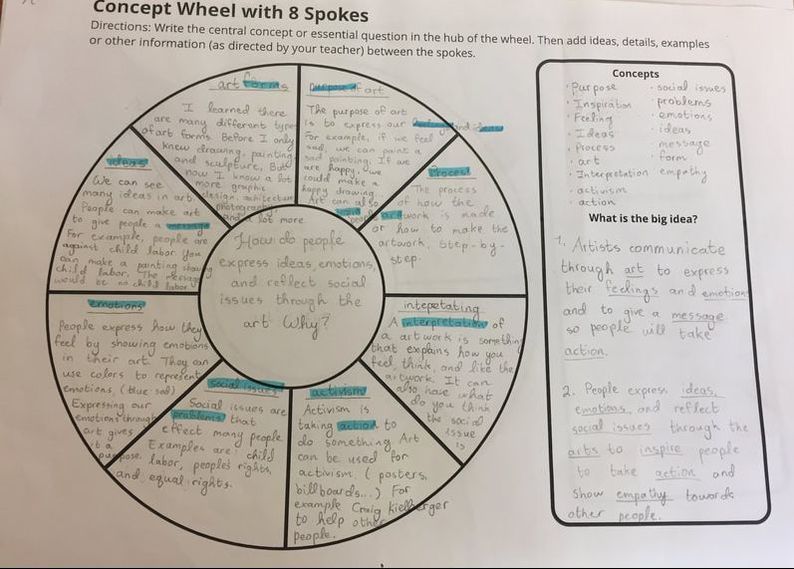
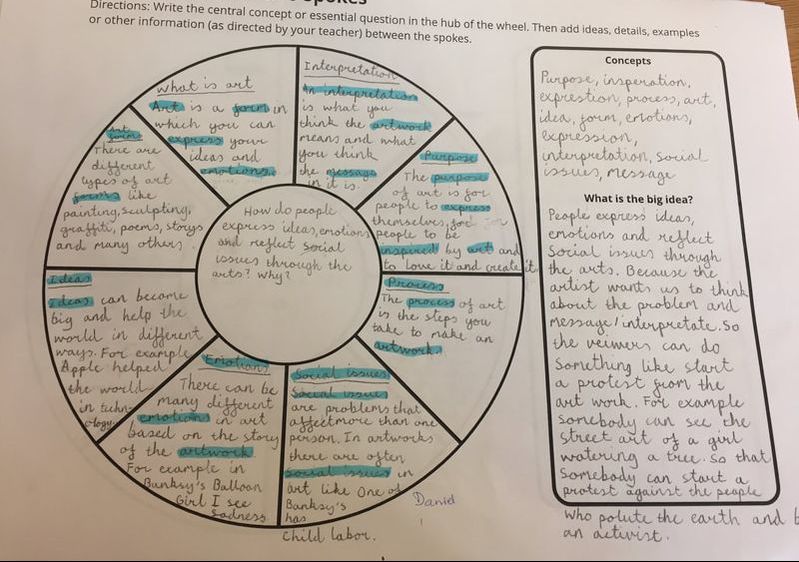
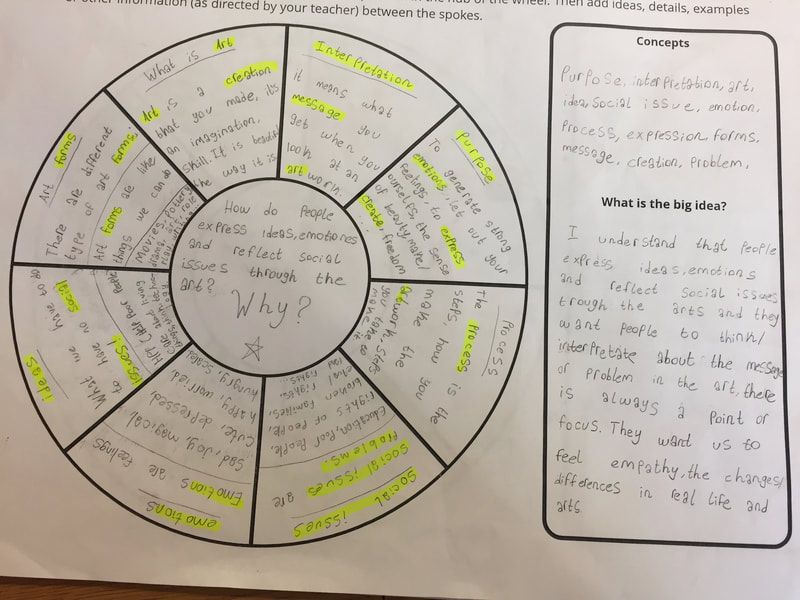
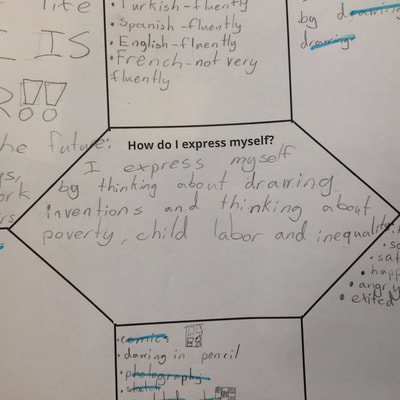
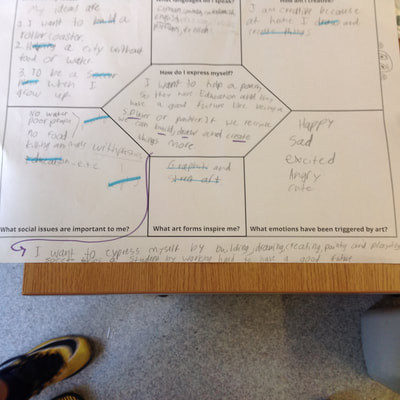

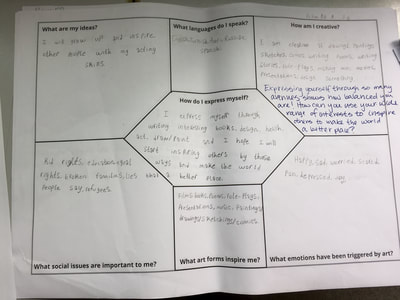
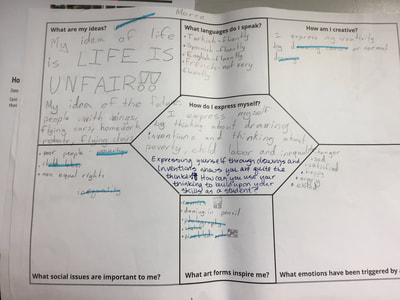
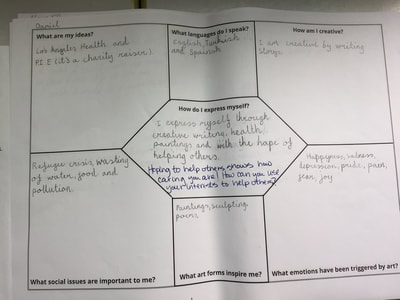
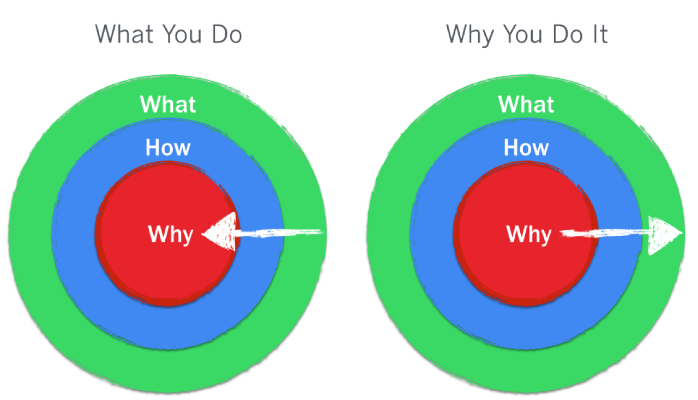
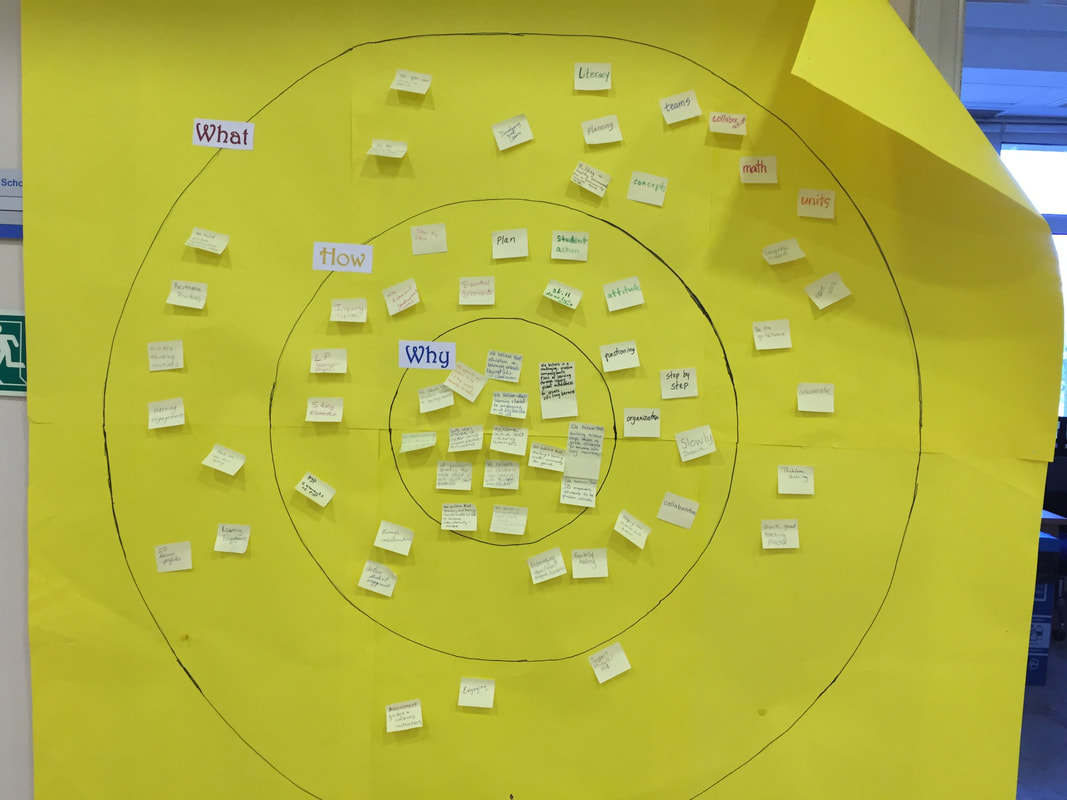
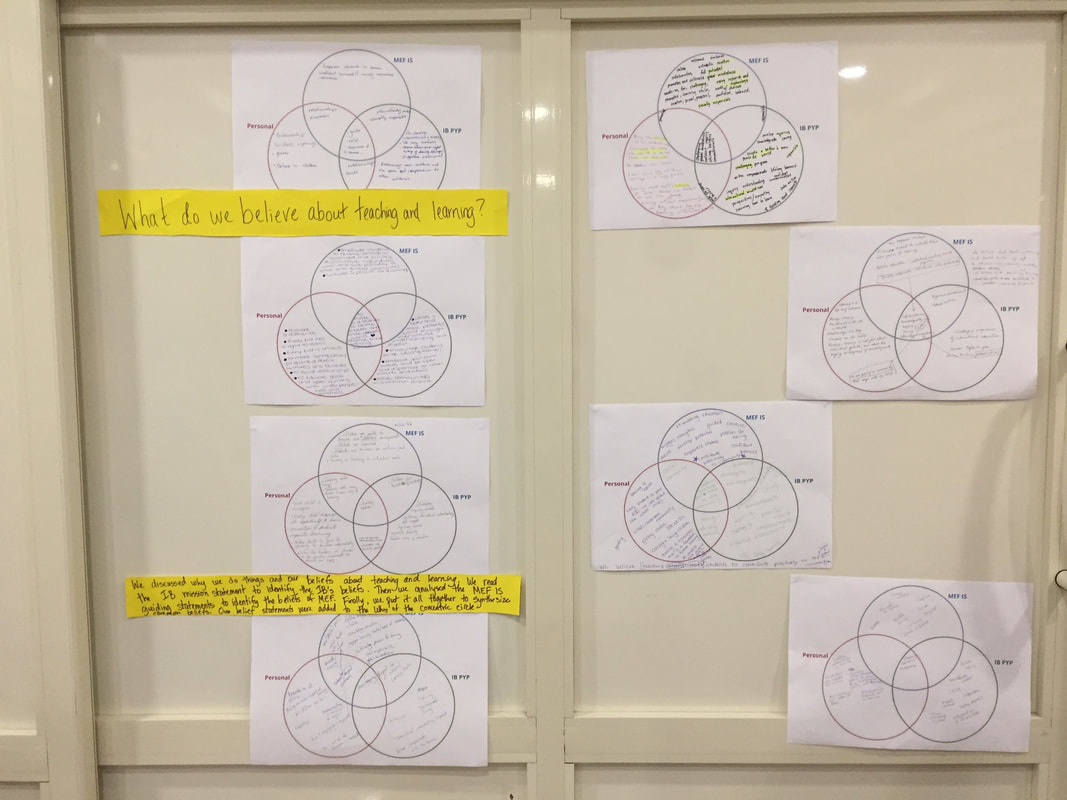
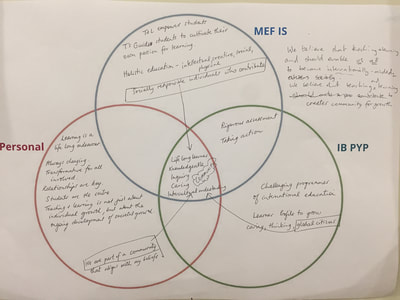
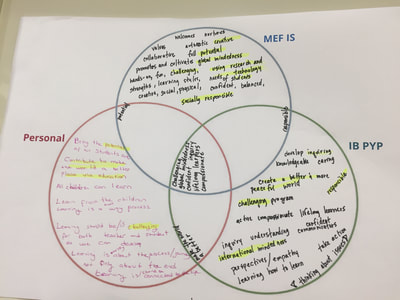
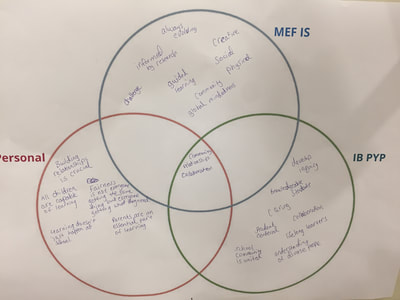
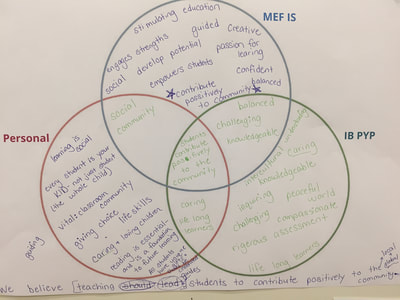


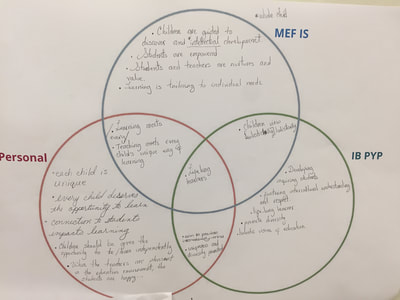
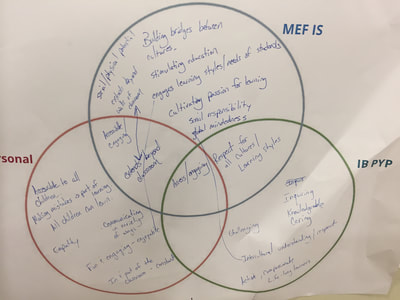
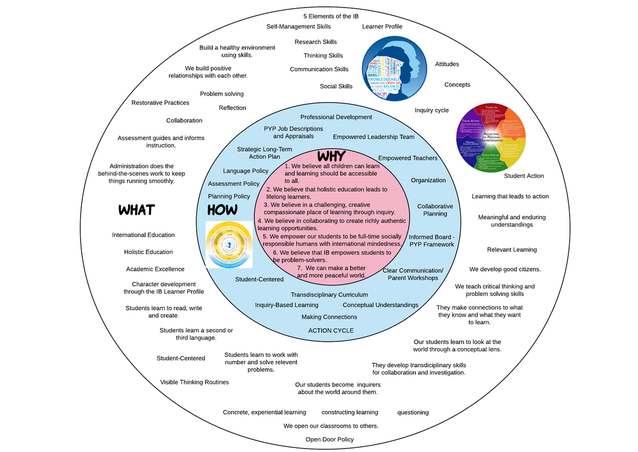
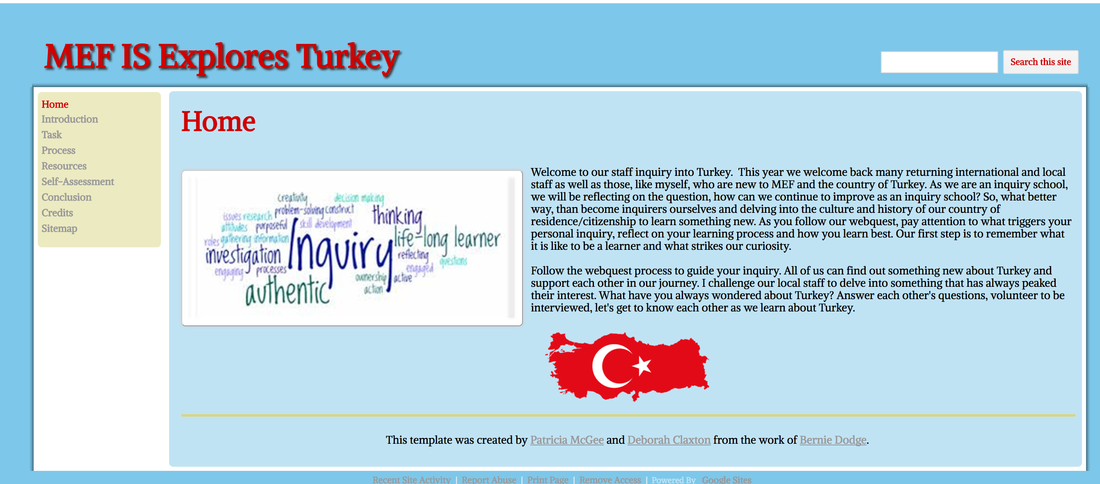
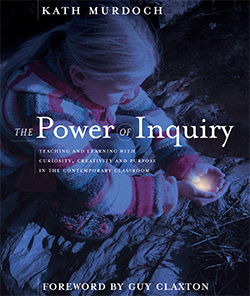
 RSS Feed
RSS Feed
